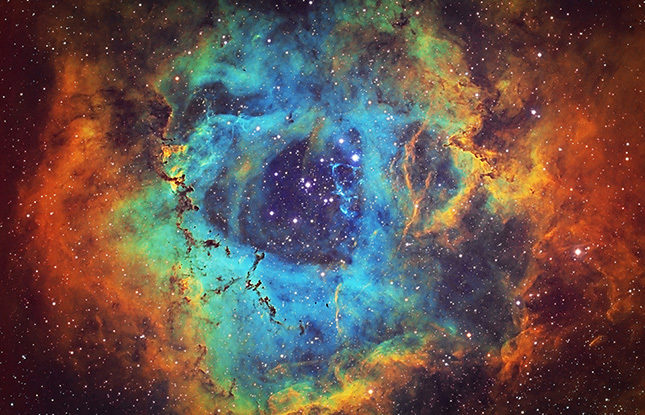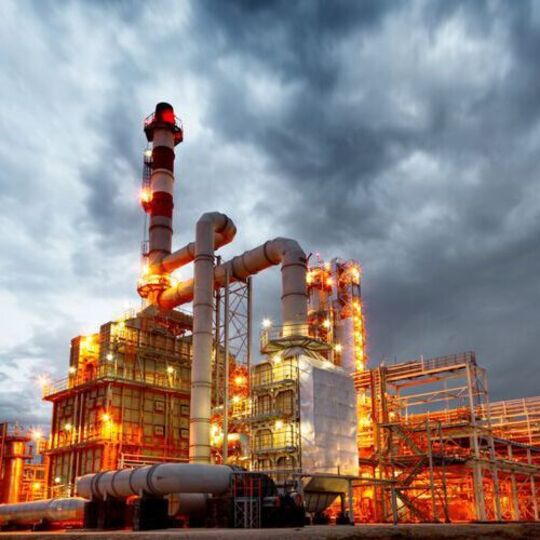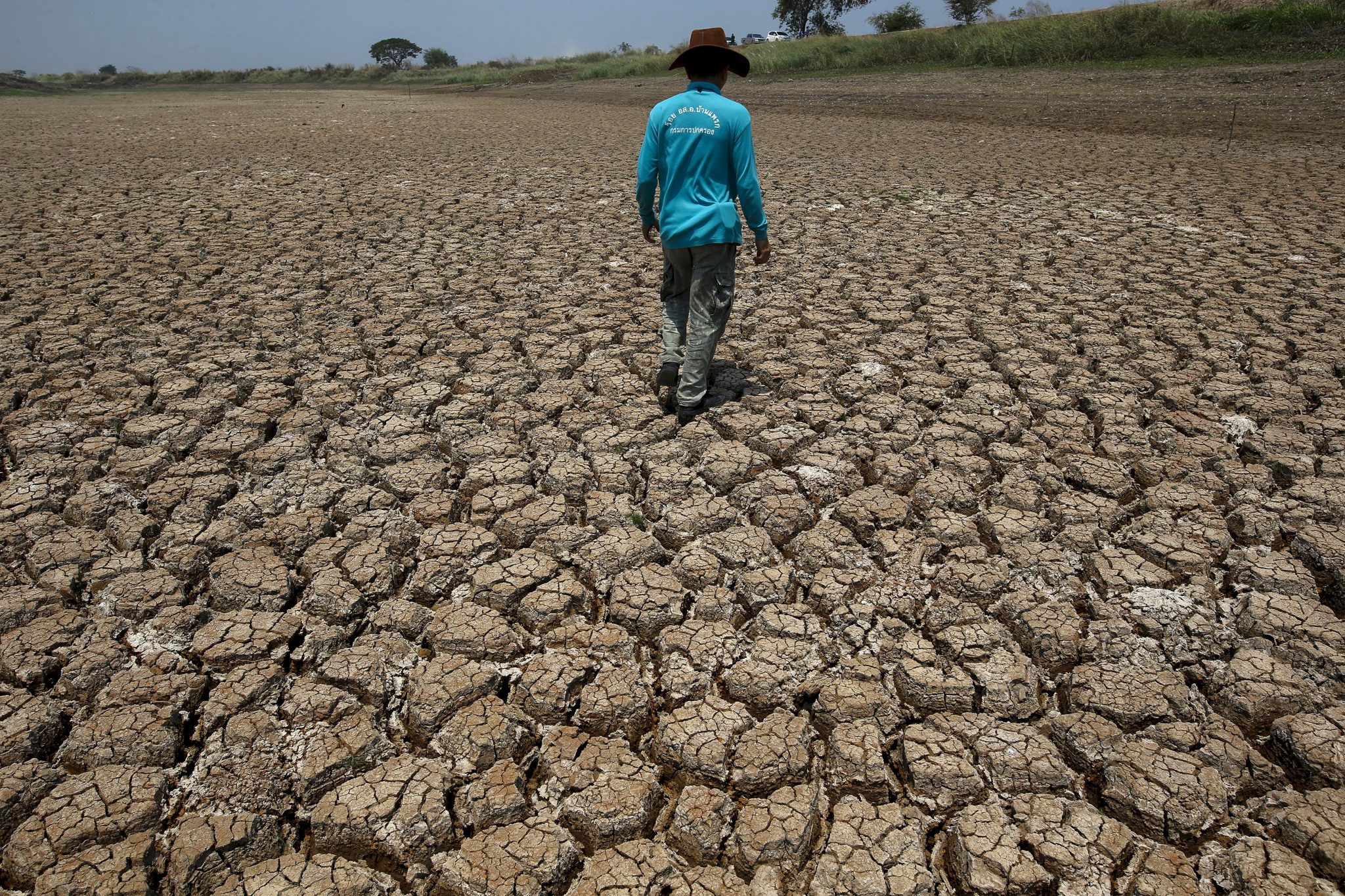The vast cosmos is not just a domain of physics and astronomy but also holds profound significance for chemists. Beyond our Earth’s atmosphere, space offers a dynamic laboratory, teeming with chemical reactions that birth stars, forge planets, and even hint at the possibility of life elsewhere. Let’s delve into the captivating realm of space chemistry, exploring the composition of stars, planets, and the chemical tales they tell.
Stellar Chemistry: The Heart of Stars
Every star we see is a hotbed of nuclear reactions, where basic elements undergo fusion to form heavier ones:
1. Birth of a Star: Stars are born from vast clouds of gas and dust. Under gravity’s influence, hydrogen atoms come together, initiating nuclear fusion, producing helium and releasing immense energy.
2. Stellar Lifecycle: Depending on their mass, stars undergo various fusion reactions throughout their lives, creating elements like carbon, oxygen, and even metals. This fusion continues until iron is formed, beyond which fusion is no longer energetically favorable.
3. Supernovae and Element Creation: Massive stars, in their death throes, explode as supernovae. These explosions produce and disperse many of the heavier elements found in the universe.
Planetary Chemistry: Worlds of Diversity
Planets, whether in our solar system or orbiting distant stars, have distinct chemical compositions:
1. Terrestrial Planets: Planets like Earth, Mars, Venus, and Mercury have rocky compositions. They predominantly contain elements like silicon, oxygen, iron, and magnesium.
2. Gas Giants: Jupiter and Saturn, the behemoths of our solar system, are primarily made up of hydrogen and helium, with traces of water, methane, and ammonia.
3. Ice Giants: Uranus and Neptune, the colder distant cousins, are rich in water, ammonia, and methane, which give them their blue hues.
4. Exoplanets: With thousands of planets discovered around other stars, exoplanets offer a vast range of chemical compositions, some even hinting at the presence of water and potential life-supporting conditions.
Interstellar Chemistry: Molecules Between Stars
The space between stars is not empty. It’s filled with vast clouds of gas and dust where interesting chemistry occurs:
1. Interstellar Molecules: Despite the harsh conditions of space, molecules like water, ammonia, and even organic compounds form in these regions.
2. Building Blocks of Life: Complex organic molecules, like amino acids, have been found on meteorites, suggesting that space has the conditions to form the precursors of life.
Astrobiology: The Chemical Search for Life
The study of life in the universe, astrobiology, hinges on understanding the chemistry of extraterrestrial environments:
1. Mars: The Martian surface has traces of water and complex chemicals, offering tantalizing hints about the planet’s past potential for life.
2. Icy Moons: Moons like Europa and Enceladus have subsurface oceans and are prime targets in the search for extraterrestrial life.
3. Exoplanet Atmospheres: Analyzing the atmospheres of distant planets might reveal signatures of life, like oxygen or methane in the right conditions.
Conclusion
Space is not just a void sprinkled with stars and planets. It’s a dynamic, chemical tapestry that narrates the story of element formation, planetary evolution, and possibly, the origins of life. As our understanding of space chemistry grows, we come closer to answering profound questions about our place in the vast cosmic arena.










